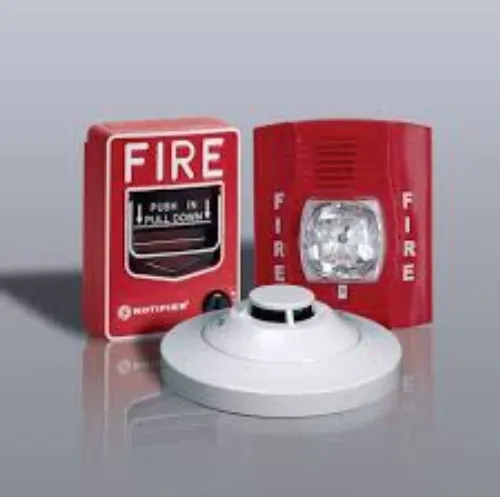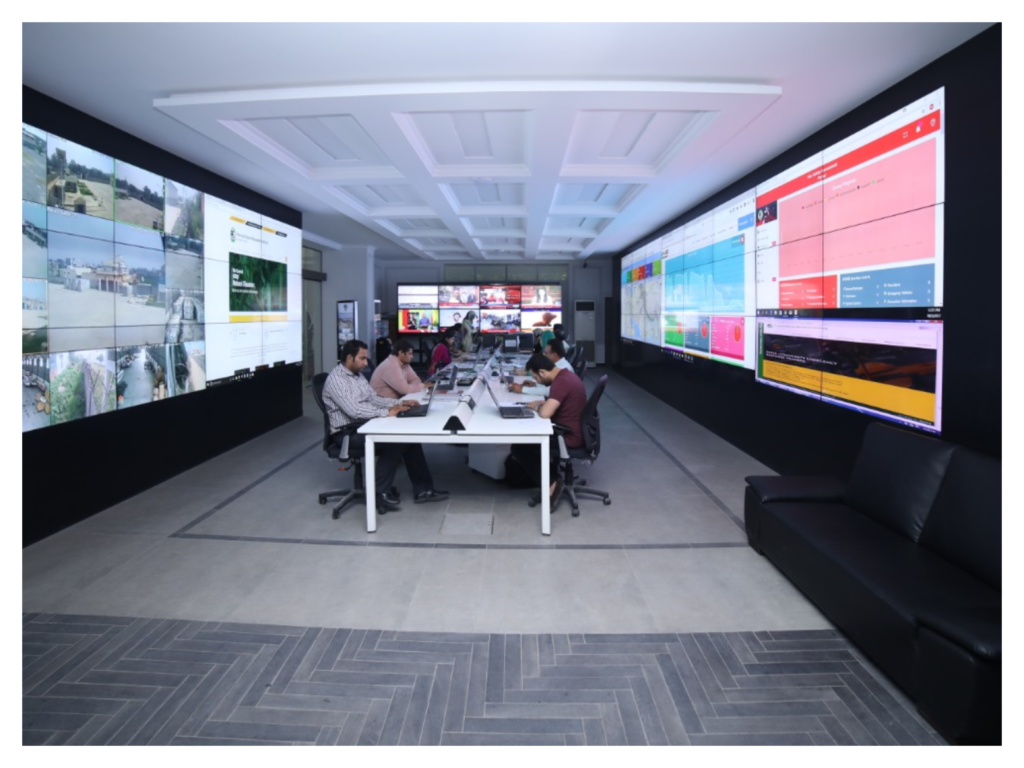A fire alarm system is one of the most essential safety mechanisms for homes, businesses, and public buildings in 2025. Designed to detect signs of fire—such as smoke, heat, or flames—and alert occupants, it provides critical time for safe evacuation and emergency response. With the integration of smart technologies like IoT and AI, modern fire alarm systems are faster, more accurate, and more accessible than ever before. This guide will help you understand everything about fire alarm systems—from components and types to legal requirements and expert installation—so you can make an informed decision for your property.
How Fire Alarm Systems Function
Fire alarm systems operate through continuous environmental monitoring. Sensors such as smoke detectors, heat sensors, and flame detectors detect specific signs of fire. Once a threat is identified, these sensors send signals to a centralized control panel. The control panel then activates alarms, strobes, or voice evacuation systems, and in some setups, notifies emergency services automatically.
A power supply both primary and backup ensures uninterrupted operation even during blackouts. Smart fire alarm systems in 2025 may also feature mobile notifications, real-time diagnostics, and data analytics to improve performance and response time.
Types of Fire Alarm Systems
Fire alarm systems come in various forms, each tailored to specific building needs. In 2025, options range from cost-effective conventional systems to cutting-edge smart systems, ensuring there’s a solution for every scenario. Choosing the right type depends on your building’s size, purpose, and safety requirements.
Conventional Fire Alarm Systems
Ideal for smaller buildings, these systems divide the structure into zones and signal fire presence in a general area.
Addressable Fire Alarm Systems
Used in larger structures, they identify the exact location of the fire, enabling quicker responses and easier maintenance.
Wireless Fire Alarm Systems
Preferred for heritage buildings or structures where wiring is impractical. Easy to install and expand.
Smart IoT-Enabled Fire Alarm Systems
These modern systems offer remote monitoring via mobile apps and can be integrated into a broader smart building infrastructure.
Key Components of a Fire Alarm System
Each component of a fire alarm system serves a vital role in detecting threats and alerting occupants.
Detectors and Sensors
Smoke, heat, and flame detectors scan for environmental changes. Multi-sensor detectors combine multiple technologies to improve accuracy and reduce false alarms.
Control Panel
Acts as the system’s brain, processing inputs and triggering necessary actions.
Notification Appliances
Sirens, strobes, or voice alerts notify building occupants immediately.
Manual Call Points
Manual devices allow users to trigger the alarm system in case of emergency.
Power Supply
Includes batteries and alternative power sources to maintain operation during outages.
Legal Requirements in Pakistan for Fire Alarm Systems
Compliance is mandatory under safety and building regulations. Property owners must ensure their fire alarm systems meet standards like NFPA 72 and are inspected regularly. For commercial buildings, obtaining an NOC (No Objection Certificate) from local fire safety departments is essential. Many systems must also include accessibility features, such as visual alerts for individuals with hearing impairments.
Planning and Installation Process
The first step is a professional site assessment to evaluate fire risk and determine system requirements. After selecting the right fire alarm system type, strategic placement of sensors and alarms ensures optimal coverage.
Professional installation by certified technicians ensures your system complies with all codes and performs reliably. Post-installation testing guarantees that all components—from control panel to detectors are functioning correctly.
Maintenance & Testing
Monthly system checks and quarterly inspections help identify any wear or malfunction. Annual professional servicing ensures the fire alarm system remains compliant and efficient. For smart systems, updating firmware and monitoring software adds an extra layer of security.
Fire Alarm System Trends in 2025
Fire alarm technology in 2025 is driven by smart innovation. AI-powered sensors reduce false alarms by distinguishing real threats from harmless smoke (e.g., from cooking). Wireless systems now support secure, long-range communication, simplifying retrofits. Solar-powered devices help reduce carbon footprints. Integration with HVAC, access control, and surveillance systems enables centralized safety management.
Benefits of Fire Alarm Systems
- Early detection minimizes fire spread, reducing property damage and repair costs.
- Quick alerts enable timely evacuation, preventing injuries and saving lives.
- Compliance with regulations avoids fines and ensures legal adherence.
- Insurance discounts offered for buildings with fire alarm systems due to reduced risk.
- Smart systems provide remote monitoring, enhancing convenience and peace of mind.
Common Mistakes to Avoid
- Neglecting maintenance, leading to system failures during emergencies.
- Incorrect detector placement (e.g., near vents), reducing effectiveness and causing false alarms.
- Choosing non-compliant systems, risking penalties and inadequate protection.
- Attempting DIY installation, which can result in errors and compromised safety.
- Ignoring backup power sources (e.g., batteries), leaving systems vulnerable during outages.
Final Thoughts
Choosing the right fire alarm system in 2025 is a critical step toward ensuring safety and compliance for your home or business. From basic conventional setups to advanced smart systems, each solution serves the ultimate goal of saving lives and property.
For expert consultation, installation, or maintenance of fire alarm systems, contact Ezisol—your trusted partner for fire protection solutions across Pakistan. Let us help you make safety smarter, faster, and more effective.



